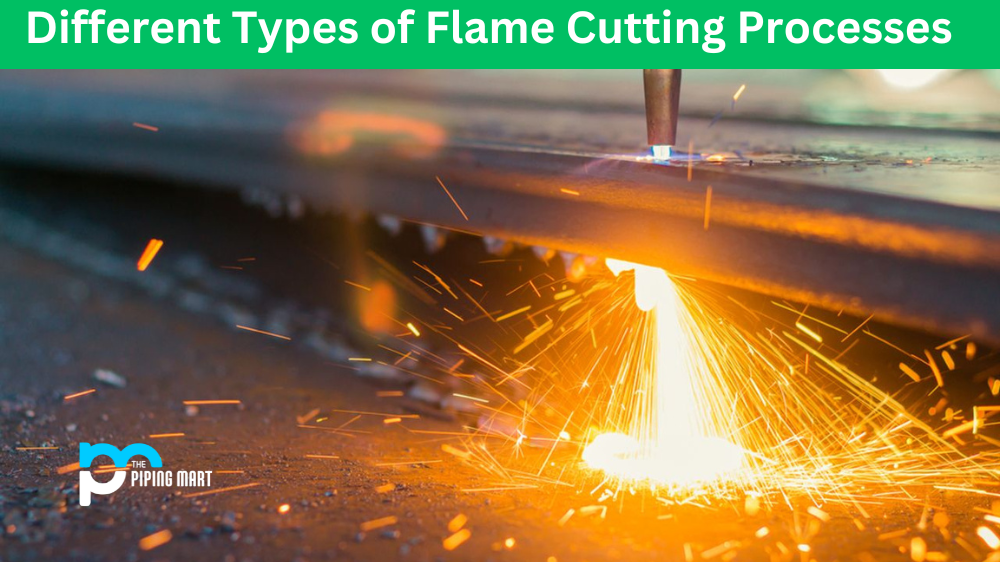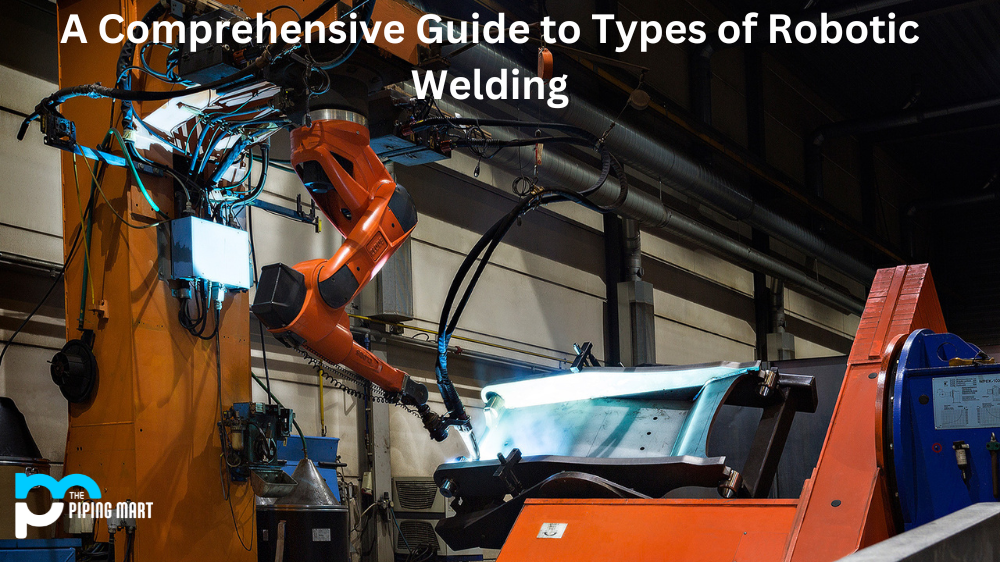Cutting is the most critical process in the metal fabrication industry as it determines the quality and accuracy of the cut parts. Flame cutting is a process that uses a high-velocity jet of oxygen and fuel gas to heat the metal to its ignition temperature, causing it to react with pure oxygen to form a metal oxide slag. The process involves preheating the metal to ignition temperature using an oxy-fuel flame and then directing a jet of pure oxygen onto the metal surface to burn the metal. This creates a cut through the metal, leaving a slag residue on either side of the cut. This article explores different flame-cutting processes used in the metal fabrication industry.
Oxy-fuel Cutting
Oxy-fuel cutting is the most widely used flame-cutting process suitable for mild steel materials. This process uses a combination of oxygen and fuel gas (usually acetylene) to produce a high-temperature flame that melts the steel, which is then cut by a jet of pure oxygen. It relies heavily on the properties of the metal, composition, and thickness to achieve accurate results.
High-Definition Plasma Cutting
High-definition plasma cutting is similar to traditional plasma cutting but produces higher-quality cuts and is more precise and accurate. It uses a different gas mixture and higher amperage settings, producing better-cut quality and speed. A high-definition plasma cutting system is usually more expensive but is ideal for handling complex shapes, thin materials, and non-ferrous metals.
Carbon-Arc Cutting
Carbon-arc cutting is an affordable option for cutting thicker materials and is best suited for cutting materials that are difficult to cut using oxy-fuel methods. It uses a consumable carbon rod that, once ignited, produces an arc that melts the metal. A high-pressure jet of compressed air is directed onto the melted metal to blow it away.
Laser Cutting
Laser cutting produces high-quality cuts and offers users excellent accuracy and control. It uses a high-powered laser beam to cut the metal, and because it’s controlled by computer software, it’s capable of cutting intricate shapes with high accuracy.
Waterjet Cutting
Waterjet cutting is a versatile and economical process suitable for cutting almost any material (including metal). It uses a high-pressure jet of water to erode the material, and if required, a small amount of abrasive can be added to the water to assist with the cutting process. This is usually the best option for cutting materials sensitive to heat or cannot be cut using other methods.
Oxy Acetylene Cutting
Oxy Acetylene Cutting is a fascinating technique for cutting metal, which involves using a mixture of oxygen and acetylene gas to create an intensely hot flame. Directing this flame onto a piece of metal can be cut with precision and accuracy, making it a popular choice for many industries, including construction, metalworking, and fabrication. What’s particularly interesting about oxy-acetylene cutting is that it can cut through various metals, from aluminium to titanium, making it incredibly versatile. It takes a skilled hand to use oxy-acetylene cutting effectively, but when done right, it’s an incredibly effective way to achieve clean, precise cuts in metal.
Oxygen Burning
Oxygen burning flame cutting process is used in metalworking to cut through thick pieces of metal. It uses a torch fueled by oxygen and fuel gas, such as propane or acetylene, to create a flame hot enough to melt and cut through the metal. This process can be performed by hand, using handheld equipment, or by mechanical means using a cutting machine. Oxygen-burning flame cutting is used in a variety of industries, including aerospace, automotive, and construction, among others. It’s a versatile and efficient metal cutting method that produces a clean, precise cut every time.
Steel Burning
It’s a method that uses a mixture of oxygen and an acetylene-fueled flame to cut through thick pieces of metal with incredibly high precision. It’s a technique that’s been around for over a century, but today’s machines can handle thicker materials more efficiently than ever. The process can produce various shapes and sizes, making it a versatile tool for everything from industrial fabrication to custom metal sculptures.
Conclusion
Choosing the right type of flame-cutting process will depend on the materials you need to cut, the kind of cut you need, and your desired finish. Each process has its unique benefits and disadvantages. Oxy-fuel cutting is affordable and perfect for cutting thicker materials, while high-definition plasma cutting is ideal for handling complex shapes. Carbon-arc cutting is suitable for cutting difficult-to-cut materials, while laser cutting offers fantastic accuracy and control, and waterjet cutting can handle almost any material. Talk to an expert to decide which cutting method is best suited for your specific needs.
Meet Heer, a dynamic and driven writer learning tricks of her trade in the metal industry. With a background in Digital Marketing, Heer brings a unique perspective to her writing, sharing valuable insights. Apart from blogging she like reading and hiking.




